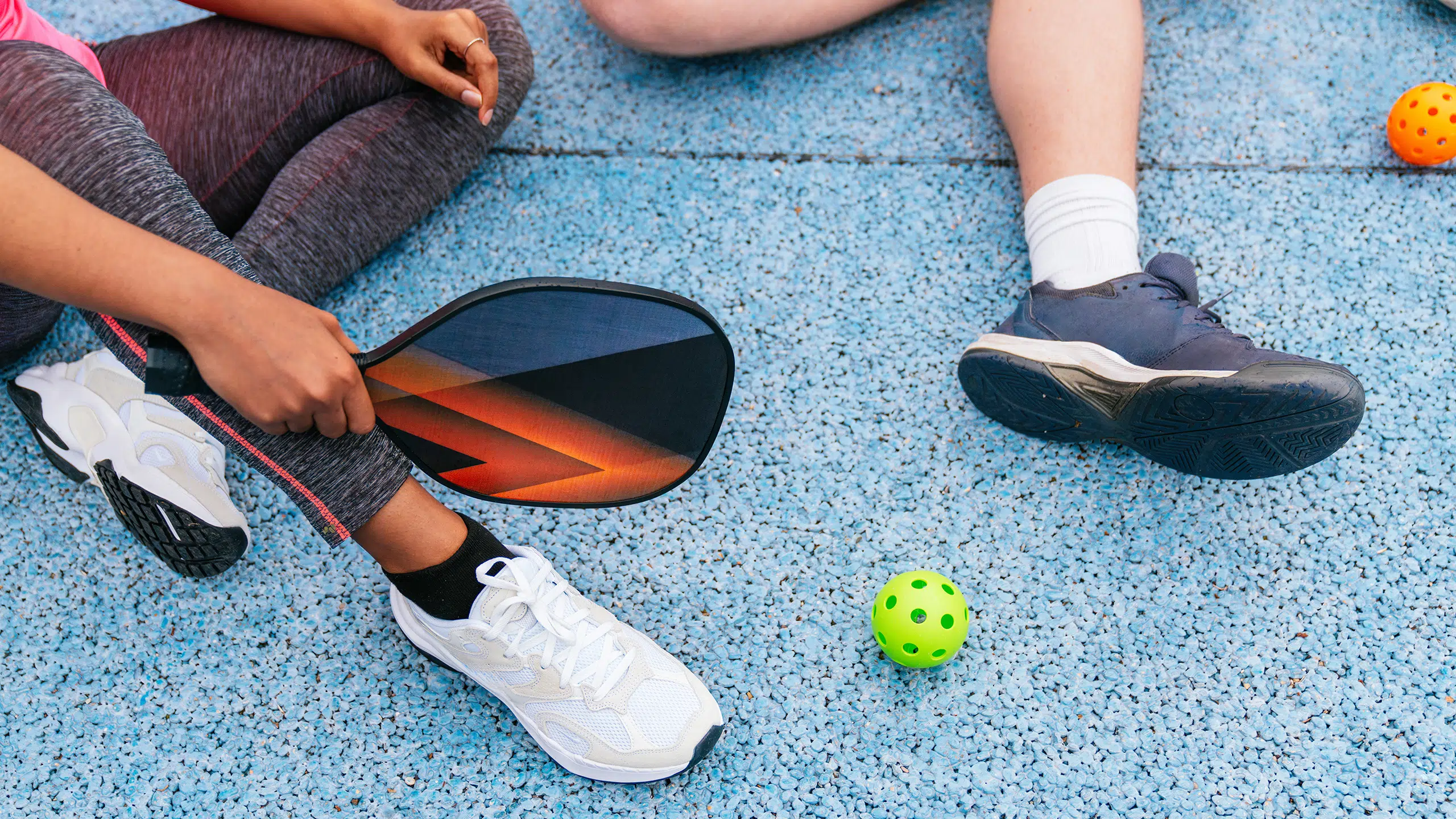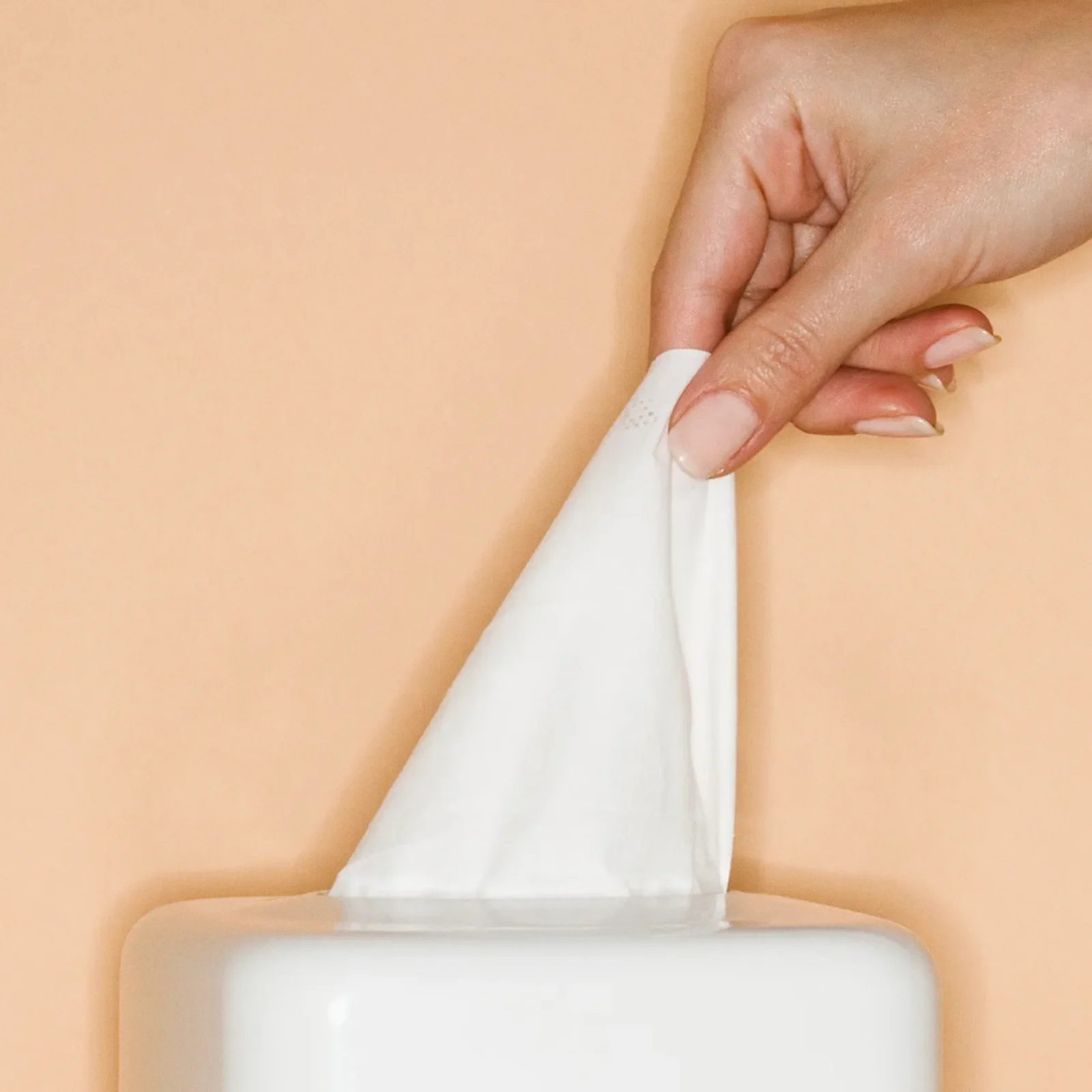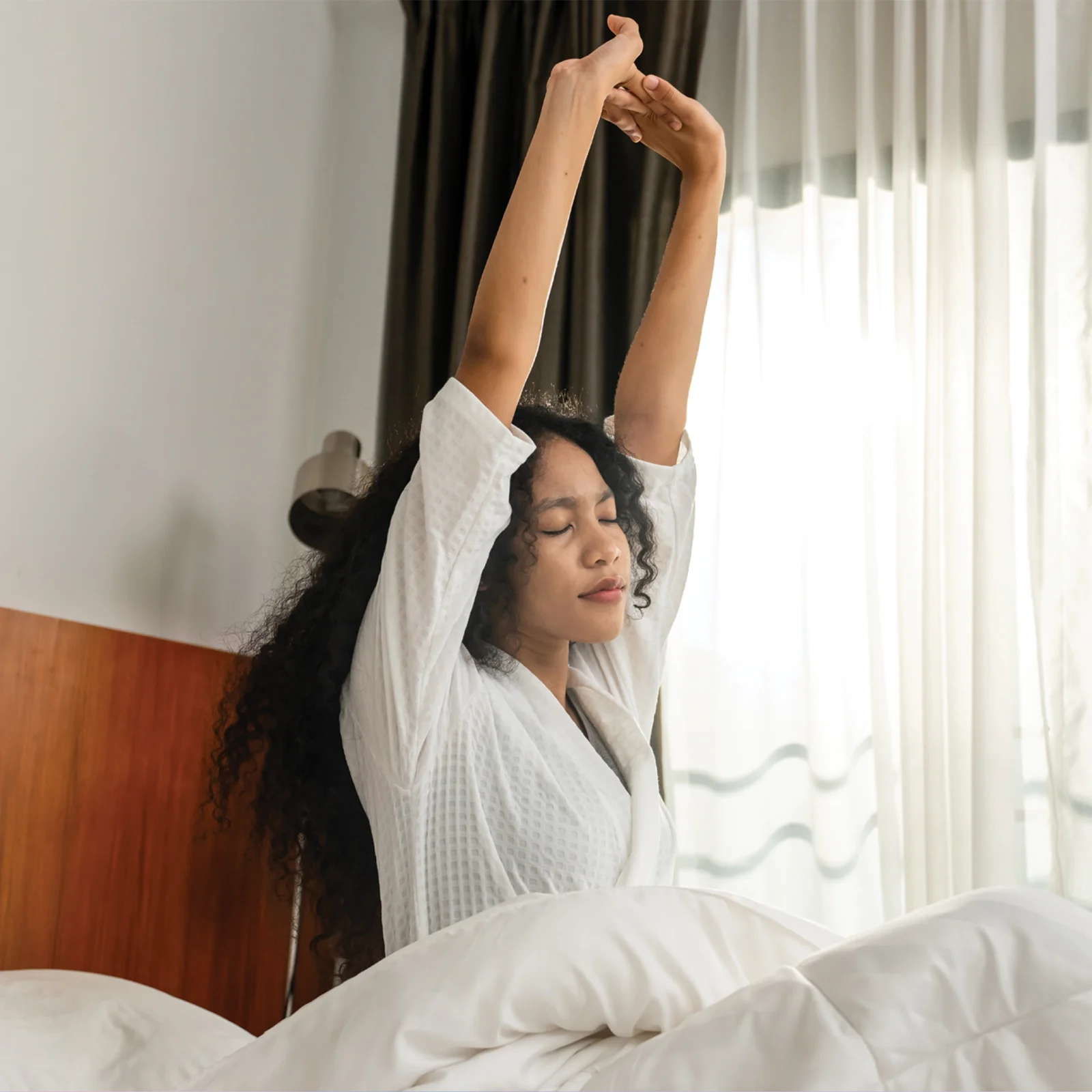More Than a Trend: The Pickleball Phenomenon Sweeping the Philippines
Pickleball’s rise in the Philippines proves it’s a sport for all ages, abilities, and ambitions.
On any given evening in Metro Manila, you might hear it: the sharp, rhythmic pop of a whiffle ball ricocheting across a hard court, punctuated by bursts of laughter and friendly cheers. This is the sound of pickleball: an unlikely hybrid of tennis, badminton, and ping-pong finding its moment in the Philippines.
Globally, pickleball has exploded, particularly in the United States, the sport’s birthplace, where it’s grown into a billion-dollar industry and full-blown cultural phenomenon. Today, pickleball is played in over 60 countries, with the Philippines among a growing group of Asian nations officially recognized by the Global Pickleball Federation through the Philippine Pickleball Federation. Locally, its growth shows no signs of slowing, fueled by midlife reinvention, family bonding, and a fast-maturing competitive scene that could soon land Filipinos on the global stage.
Meet some of the people who have made pickleball a part of their life and find out why everyone seems to be playing the sport.
Pickleball is a lifeline
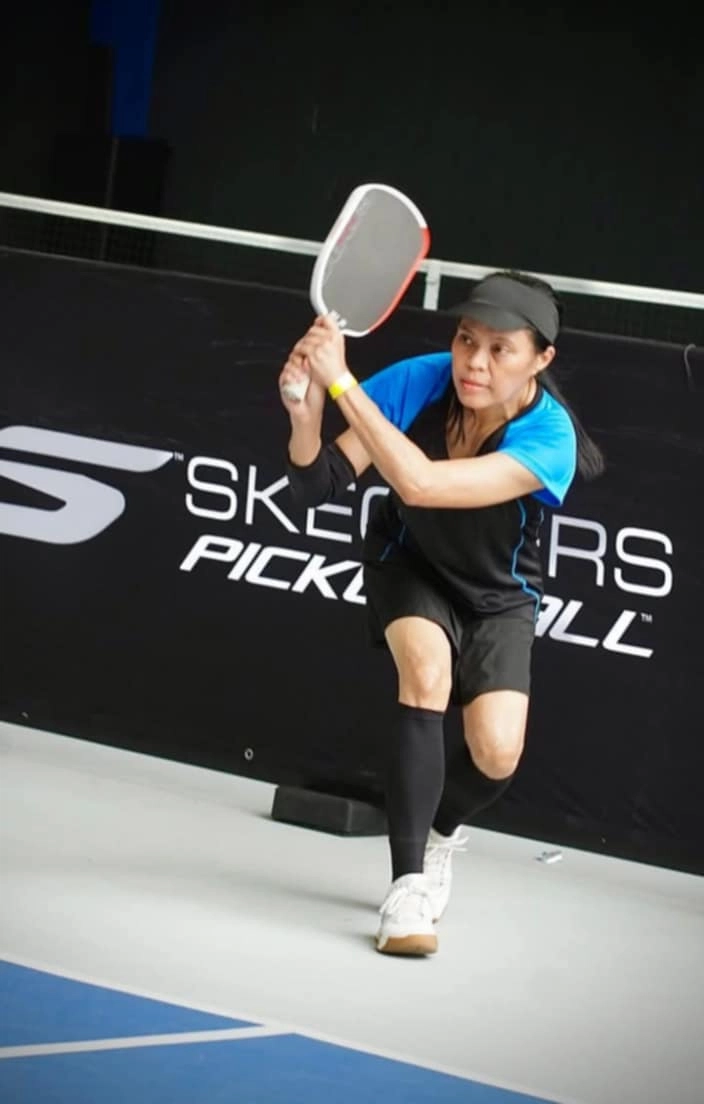
Courtesy of Regina Posadas. Photo: Victor Saldaña.
For Regina Posadas, 54, pickleball arrived at one of the lowest points in her life. “My dad had just died after a brief struggle with pancreatic cancer, my 23-year marriage with my first and only boyfriend had ended, my daughter had disowned her dad, and my mom’s dementia was getting worse, frightening, and expensive,” she recalls. “All of those put together [had been] depressing and overwhelming. I felt lost and worthless.”
Then, a Jesuit priest advised her to return to what once made her happiest: sports. A former varsity athlete in tennis, track, and football at Ateneo de Manila University, Regina stumbled upon pickleball through an Ateneo alumni group. “James [Guiab] encouraged me to play pickleball too, saying that it would be an easy transition from tennis. A week after I started playing, I joined my first pickleball tournament and won.”
Nearly two years into the sport, Regina—a PWD with severe hearing loss on both ears for over a decade now—now plays one to twice a week with friends, family, and fellow club members across Metro Manila. The game has given her back much more than athletic fulfillment. “Pickleball has made me believe in myself more, embrace my independence, and be grateful for the blessings that come with it, especially now that I’m in my mid-50s and am a PWD [with a] hearing disability.”
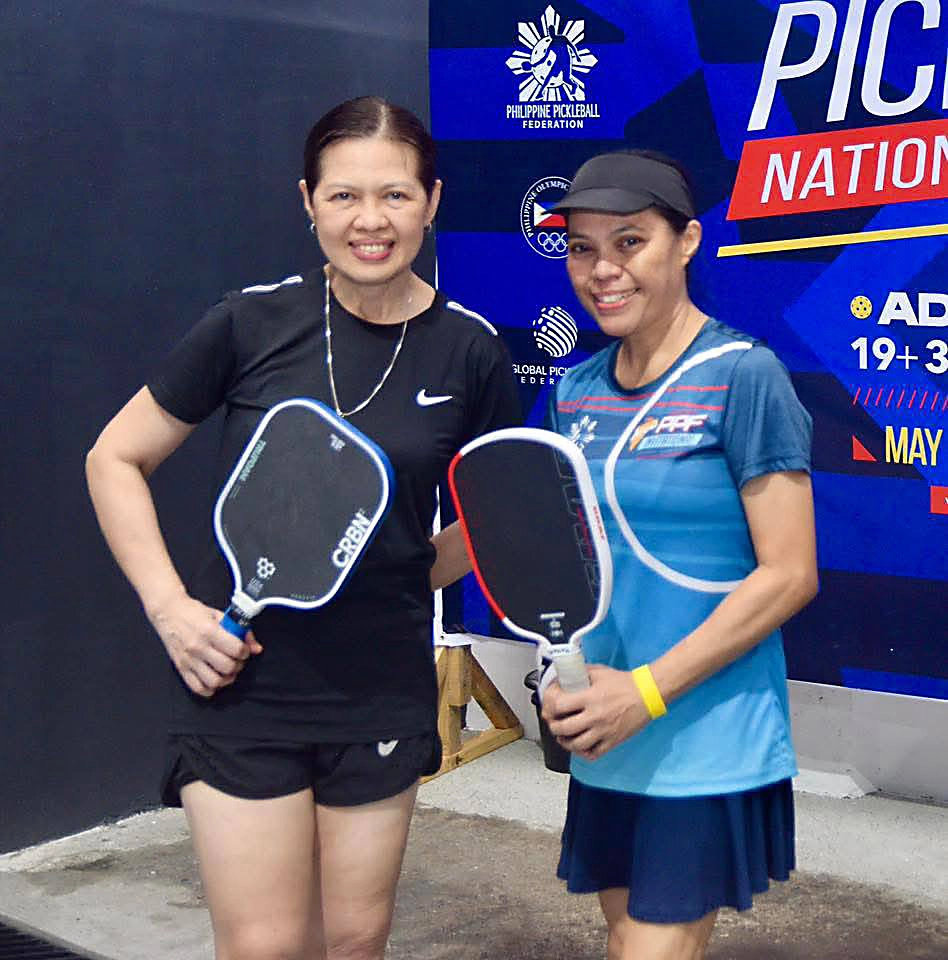
Regina Posadas (right) and doubles partner Liza Badion. Photo: Victor Saldaña.
Her rapid rise has brought her international success as well. “Through the sport, some of my biggest and most unexpected dreams have come true—like becoming a sponsored athlete, representing the Philippines and competing in tournaments abroad, winning more medals than I could imagine, gaining hundreds of friends even though I prefer to be alone most of time, and best of all, being genuinely happy and successful on my own terms.”
Regina is living proof of pickleball’s accessibility across ages and abilities. “Yes, pickleball is a beginner-friendly sport,” she says. “Old and young players alike could share a court, learn together, and have fun doing it.” Even those without athletic backgrounds, she notes, can pick up the game after just “1 to 1.5 hours of learning the rules and hitting the ball.”
Beyond competition, Regina sees pickleball as a sport that builds both physical health and strong communities. “I think pickleball’s popularity will continue and intensify in the coming years,” she says. “More youngsters and more seniors will play and participate, which means better and improved health for more Filipinos, and enhanced representation in competitions both locally and abroad.”
A hobby turns into family time
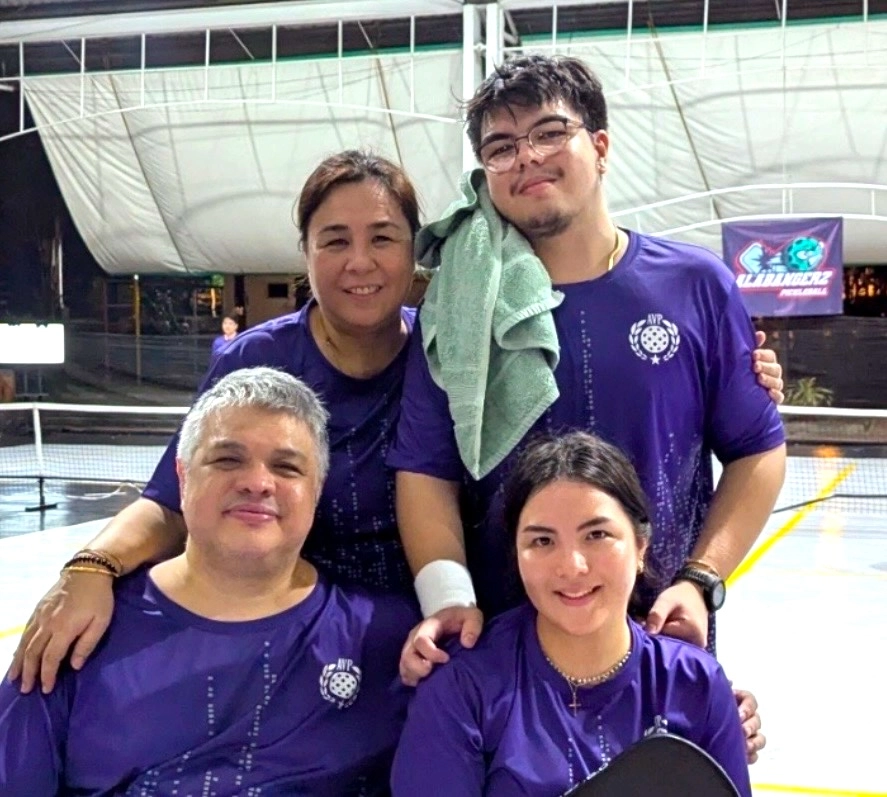
Courtesy of the Guidotti family
For the Guidotti family—parents Tiny (52) and Manoli (50), along with their kids Martin (21) and Louise (17)—pickleball started as a pandemic experiment and quickly became a full-fledged family ritual.
“My daughter’s a varsity tennis player and my son’s a football player. We tried tennis and padel, but pickleball was easier on my knees,” Tiny shares. What started with weekend games in 2023 soon evolved into tournaments, club memberships, and nightly family “debriefs” where they analyze each other’s matches.
Proven by their family, pickleball seems to be one of the most intergenerational sports out there, attracting players as young as six and as old as 80. That’s part of what drew the Guidottis into the fold.
As Tiny explains, “It works well because of how accessible it is to everybody. Our Friday nights have turned into pickleball nights. Even our kids love it. So instead of, you know, hanging out, doing nothing on their computers, [they play pickleball]. I love that my kids are outdoors. I love that they’re running and playing a sport. It’s always been a priority for me and my husband to make sure that they’re doing active things and [that they’re] not just on their iPads.”
What started as a wholesome break from screens for their kids has shown the Guidottis just how accessible the sport can be for families everywhere. As dad Manoli shares, “There are already a lot of basketball courts. All you need to do is draw pickleball lines and add the net, and you can already play. It helps that pickleball isn’t too demanding with regards to its infrastructure.”
The Guidottis now travel across the country for tournaments and recently opened Smash Courts Siargao, the first dedicated pickleball facility in General Luna. “Instead of being glued to gadgets or out in bars, our teens are on the court, active, and engaged,” Tiny adds. “It’s the perfect Filipino family salo-salo. Just on a pickleball court instead of around a dinner table.”
For Louise, who still competes in tennis, pickleball added a new dimension to her game. “The ball travels so fast. It actually helped improve my tennis reflexes,” she says. And for Martin, it’s become a shared language that bridges age groups, noting how, as teenagers, they’ve made friends with players well into their senior years.
The Philippine Pickleball Federation’s vision
For architect Armando Tantoco, 64, pickleball started with a friend’s casual invitation. “A former badminton [teammate] emigrated to the U.S. years ago and she started playing pickleball where she excelled and even won tournaments of the sport,” he recalls. “She introduced the game to our other badminton mates who brought the necessary pickleball paraphernalia and we started playing in 2018 inside the Mormon church in Makati. That’s when I got hooked.”
Today, Mr. Tantoco serves as president of the Philippine Pickleball Federation (PPF), overseeing one of the country’s fastest-growing sporting movements. “The Philippine Pickleball Federation presently has more than 250 member clubs from all over the country and [is] still growing,” he says.
Pickleball’s appeal, he believes, lies in its accessibility: “Since it’s a relatively easy sport to play, practically anybody of any age, gender, shape or economic bracket can play. This is one sport where people already in their 60s, 70s, or even 80s are willing to start playing.”
But growth comes with logistical challenges. “If there is any obstacle in the growth of pickleball in the country that needs to be addressed, it is the lack of courts for players to play in,” Tantoco notes. “With the high cost of land and rental rates in the National Capital Region, the majority of our pickleballers have to make do with makeshift courts installed in basketball, badminton, or tennis courts, in parking lots or even on streets. There are very few dedicated courts in the country that meet international standards.”
That said, real estate developers are starting to respond. “Courts have also sprouted in the malls of Ayala, SM, and Robinsons, whether inside or outside, as [an] added attraction to their customers,” he says.
Looking ahead, Tantoco sees pickleball becoming deeply embedded in Filipino sports culture. “I foresee pickleball becoming a mainstream sport in the country,” he says. “Equipped with paddles, balls and a net set on a relatively flat and smooth surface, Filipinos can anytime, anywhere try and see for themselves how the sport is one activity appropriate for our countrymen’s average build.”
Beyond competition, though, pickleball offers something more personal. “There is also the social dimension where new players, especially the seniors, benefit by increasing their circle of friends, where beginners are welcomed and given time to develop their skills, and where players of varying skill levels are willing to play with each other,” Tantoco adds. “Players also visit other venues in order to play with strangers on different courts in order to hone their skills and meet new people.” For the president of the PPF, nurturing beginners is important to the existence of any sport—a fact evident in how the federation is taking concrete steps toward bringing pickleball to sports programs at local schools. ”So we will see the development of future world-class pickleball athletes,” says Tantoco.
Fresh start, new fire
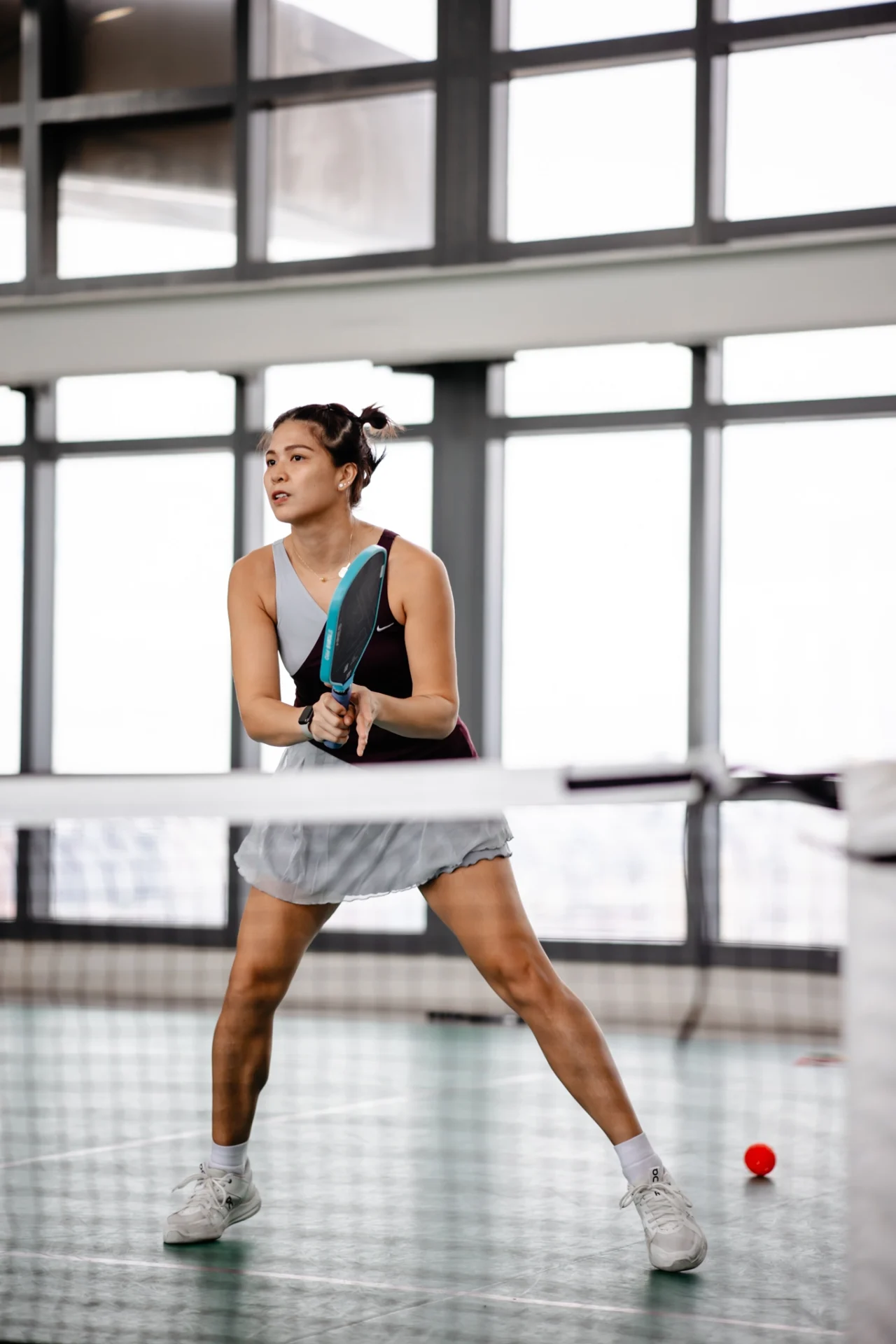
Courtesy of Clarice Patrimonio
For Clarice Patrimonio, 31, pickleball offered the reset she didn’t know she needed. After years of competing in high-stakes tennis, the transition to pickleball brought a refreshing change of pace. “I wanted something new. A fresh experience in my life,” she shares. “In tennis, it often felt like it was just me against the world. Pickleball has given me a new sense of purpose and joy.” What started as a recreational experiment quickly reignited her competitive fire, allowing her to continue pursuing athletic excellence while inspiring a new generation of players. Today, she plays daily. Often with friends, fellow coaches, and students at Standout Pickleball Academy.
Like many in the community, Patrimonio sees pickleball’s accessibility as one of its greatest strengths. “Even if someone has no previous sports experience, they can pick up the basics in just one training session,” she says. But as the sport’s popularity grows, she emphasizes the need for infrastructure to catch up. “We need more experienced coaches nationwide to guide and nurture new talent,” she adds, noting the importance of introducing pickleball in schools and building more high-quality courts to accommodate both casual and competitive players.
With commercial leagues on the horizon and companies beginning to invest, Patrimonio is optimistic about the sport’s future. “The growth of pickleball is now at the booming stage,” she says. “Soon we’ll have more local and international tournaments.”
The professional face of Filipino pickleball
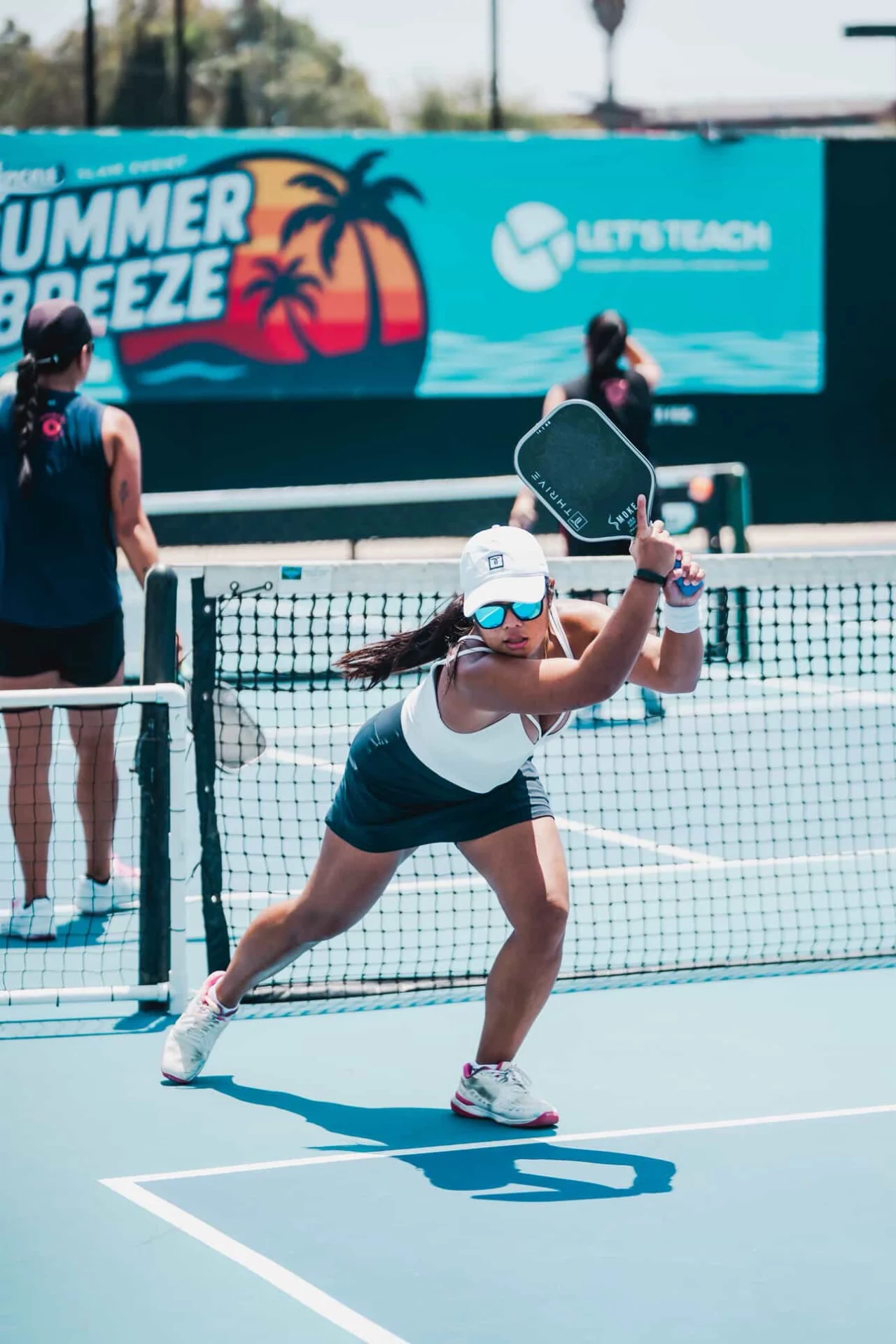
Courtesy of Nicole Eugenio
At the sport’s competitive frontier stands Nicole Eugenio, 30, currently the country’s top-ranked female player on the DUPR (Dynamic Universal Pickleball Rating) system and #11 on the APP Tour, which includes some of the world’s best professionals.
“I had a friend from my nursing program who played tennis, and we were playing recreationally,” she recalls. “She invited me to join their Sunday pickleball group, and I got addicted to it. I started playing more often, eventually began competing in tournaments, and turned pro in 2023.”
Nicole’s athletic background laid the foundation: “I’ve played tennis since I was 4 and competed until I graduated from the University of the Philippines, where I played collegiate tennis for 5 years. The chance to compete again is what initially drew me in. Pickleball is just so much fun and exciting. I love the challenge of constantly improving. What really motivates me is seeing the results of all the work I put in.”
Her rise has been rapid. “I started in 2023 with no ranking, but by the next year, I made it into the top 20 of the PPA rankings. This year, I’ve climbed to 11th on the APP Tour, where some of the top players in the world compete.”
For all her athleticism, Nicole still sees pickleball as uniquely beginner-friendly. “Yes, it’s definitely beginner-friendly, especially compared to tennis,” she explains. “It’s easier to pick up, but there are nuances in the sport that are harder to master. This includes specific shots like drops, dinks, and counters, which require strategy and are very different from tennis.”
She believes pickleball’s social energy is fueling its boom in the Philippines: “I think the social aspect is really driving the sport’s growth—the opportunity to meet new people and to compete.” But challenges remain: “Yes, I think access to free parks or courts would make the sport more appealing to a wider range of people. In the U.S., you don’t usually have to pay to rent a court. There are public parks where you can play for free, and that kind of accessibility helps the sport grow faster.”
Looking ahead, Nicole sees big things for the sport, both locally and internationally. “I see pickleball evolving into a serious competitive sport, potentially even at the collegiate level, with scholarships available. At the professional level, I think international competitions will become more common in the next few years. It would be ideal to have one or two governing bodies instead of so many different ranking systems. Hopefully, it even makes it to the Olympics one day.”
Still, she adds, pickleball can thrive both as elite competition and casual play: “Pickleball can just be a fun lifestyle activity that helps people stay fit, healthy, and socially connected.”
Growing pains, growing hopes
While the sport’s rise has been rapid, its growing pains are real. Equipment costs, tournament fees, and scams targeting online paddle buyers are frequent frustrations. “It’s not a cheap sport if you want to sustain it competitively,” Regina notes, adding that building world-class facilities and accessing proper training remain expensive, and that for now, converting existing basketball or tennis courts—especially indoor ones—is often the most practical way to expand access.
Still, there’s a shared optimism that the Philippines is uniquely suited for pickleball’s future. “We love getting together,” Tiny Guidotti says. “Whether it’s family, friends, or neighbors, Filipinos naturally gravitate toward things that bring people together. Pickleball fits that perfectly.”
From casual open plays to world-class tournaments, pickleball is no longer a niche sport—it’s quietly becoming part of the modern Filipino athletic identity. And if the steady rhythm of pop, pop, pop heard in cities and provinces alike is any indication, the game is only just beginning.
Latest Stories
You might also like
To provide a customized ad experience, we need to know if you are of legal age in your region.
By making a selection, you agree to our Terms & Conditions.